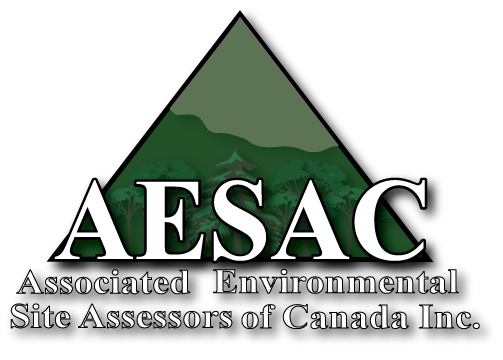In my last blog, I discussed the issue of Trihalomethanes (THM) including chloroform in groundwater in Ontario, and how THM-impacted groundwater can be problematic in obtaining a Record of Site Condition (RSC) under Ontario Regulation 153/04. Based on my experience with similar Sites, property owners and consultants may want to consider the following actions.
- Confirm whether the RSC is really necessary. For Site redevelopment to a more sensitive land use, the RSC is required by law. If the RSC is needed only for municipal approvals without a land use change, or for due diligence or financing; it may be possible to satisfy stakeholders with a Phase One and Two ESA in accordance with CSA and/or Ministry of the Environment and Climate Change (MOECC) guidelines. If successful, this approach could save significant time and costs.
- If the RSC is unavoidable, and THM/chloroform impacts are present; the consultant should assess all potential sources. Natural sources are generally easy to refute, and a thorough Phase One ESA should identify current or historical industrial sources. Once natural and industrial sources have been investigated and discounted, that usually leaves municipally treated water as the source.
- Site water usage and discharge points such as private water or sewer lines, lawn irrigation, and swimming pools should be reviewed. Water main breaks are increasing with aging pipes and severe freeze/thaw cycles and most sewers leak, with recorded exfiltration rates of 5% to 15%. Inquiries to the local engineering department can identify releases from damaged pipes or hydrant flushing activities. Municipalities also publish test results for their potable water supply, and you can compare THM concentrations in Site groundwater to those in the potable water system. This can reveal THM levels in tap water similar to, or higher than those in groundwater.
- This information can be used in a Risk Assessment (RA) to help mitigate or manage unacceptable risks and formulate protective, site-specific criteria for the RSC submission. This can be an expensive and time consuming process, and additional costs can range from $20K to $100K+ depending on the complexity and extent of activities required to support the RA/RSC.
In late 2014, the MOECC acknowledged concerns that groundwater SCS are not consistent with the Ontario Drinking Water Standard for THM. The MOECC has suggested a threshold mode of action for chloroform, consistent with drinking water standards. The consultant must confirm the source of chloroform is only associated with a release of treated municipal water to employ the risk-based criterion provided by MOECC. If the source is not from municipally treated water, or if THM/chloroform levels exceed the new risk-based standards, full contaminant delineation along with remediation and/or Risk Assessment will still be required to support the RSC filing. Environmental consultants and stakeholder groups will have to wait to see how this ongoing issue unfolds, and how it affects Brownfields redevelopment and the RSC process.
Originally published by AESAC as “The Instructor’s Blog” in March 2015




